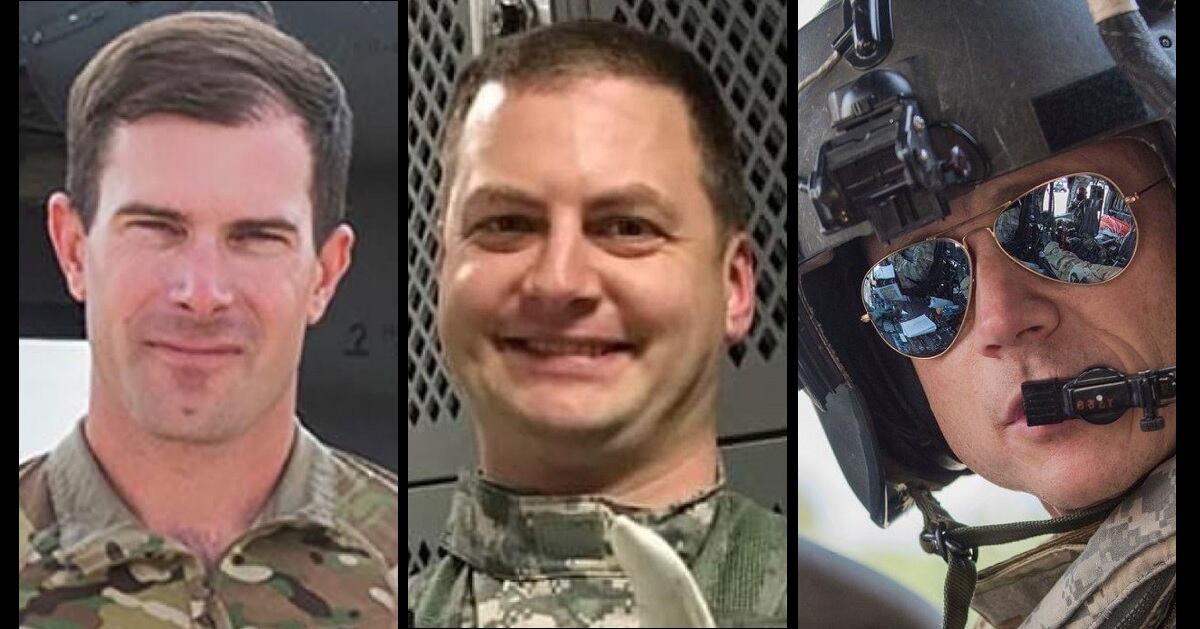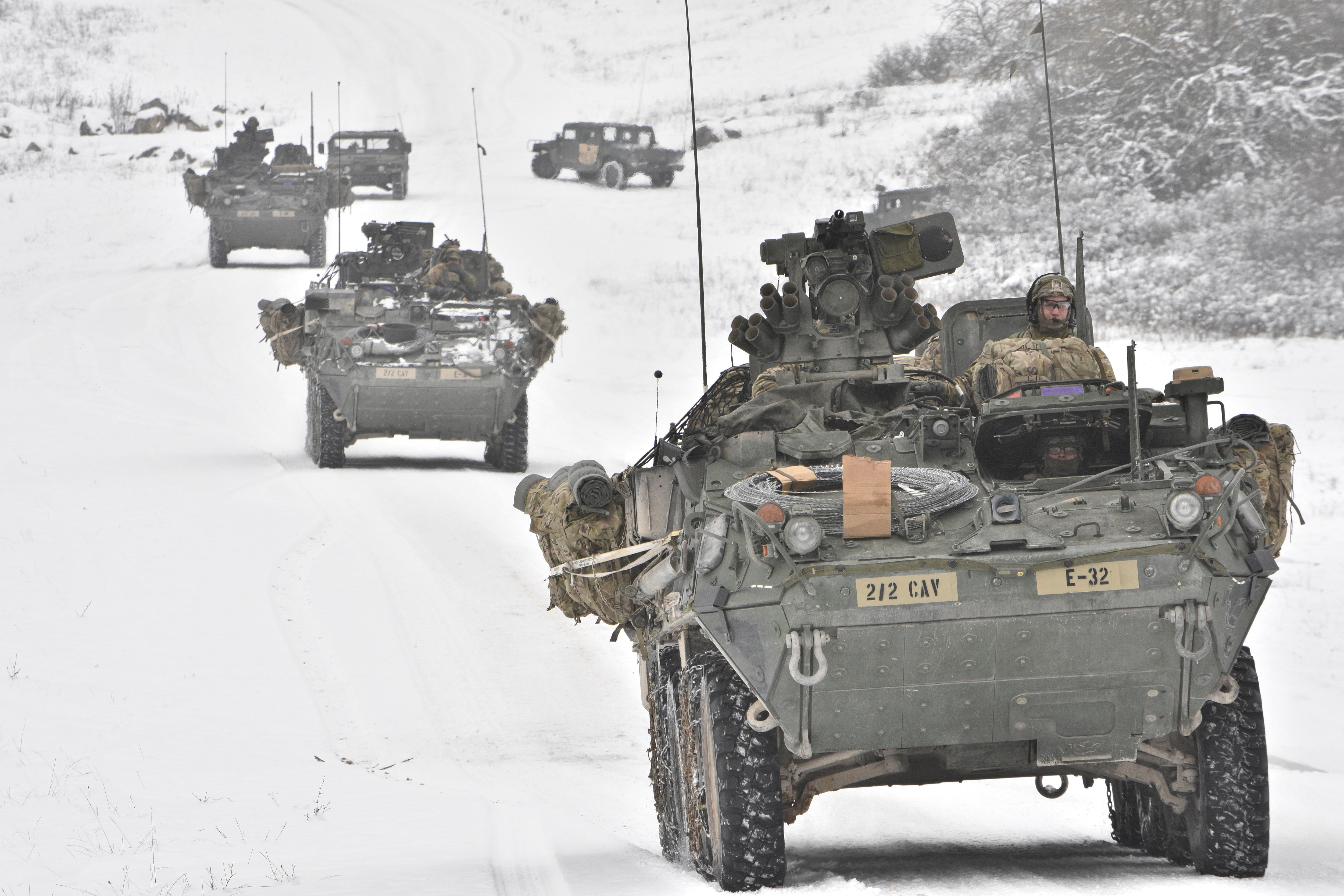Investigators have not found any material problems or common piloting errors linking a series of fatal UH-60 Black Hawk crashes over the past year-and-a-half, according to the Army’s safety director, Brig. Gen. Andrew Hilmes.
The loss of two separate three-person National Guard Black Hawk crews in a matter of weeks sparked concern at the Senate Armed Services Committee that a larger pattern of malfunction could be the culprit.
When the active duty force is included, data shows that there have been five Black Hawk crashes between December 2019 and February 2021, claiming the lives of 16 service members in total.
But so far, nothing from those investigations hints at a material issue with the airframe, according to the Army Combat Readiness Center, which looks into catastrophic mishaps.
“At this point, even with those investigations just now finishing up, we have not found anything that warrants grounding of the Black Hawk fleet,” Hilmes said. “Each of those mishaps occurred under unique circumstances and we are looking at different causal factors in each.”
Over the past four decades, about 86 percent of Army aviation mishaps have been attributed to human error, which can encompass a wide range of issues, from overreaction during an emergency to complacency on routine flights.
“We’re always analyzing each and every mishap for trends,” Hilmes added. “In those five mishaps that we’re talking about, each involving UH-60s, we haven’t seen specific linkages or commonalities.”
RELATED

Preliminary results from the most recent crash — an Idaho Guard Black Hawk that went down near Boise — stated that rapidly deteriorating weather was a significant factor in the incident. But the primary cause was the crew’s inability to complete an emergency shift to instrument flight before impact.
“They only had 14 seconds from the time the crew initiated [instrument] procedures to the time the aircraft impacted the ground,” Col. Chris Burt, the Idaho Army National Guard’s state aviation officer, said during a recent press conference.
“The most effective way to survive [such] an emergency is simply to not enter that environment in the first place,” Burt added. “However, this is not always possible.”
The Idaho mishap took place mere weeks after a New York Guard Black Hawk crashed Jan. 20 in a farmer’s field south of Rochester, killing three experienced pilots.
New York Guard spokesman Col. Richard Goldenberg declined to provide any details about the results of that investigation, as the Idaho Guard had done.
Sometimes, mechanical failures are paired with human error, as was the case when a Minnesota Guard Black Hawk crashed near St. Cloud in December 2019.
An investigation determined that the Minnesota mishap, which also killed three crewmembers, was caused by an improperly installed hydro-mechanical unit. The investigation summary stated that the maintenance test pilot failed to respond to the situation, and the pilot at the controls failed to execute an autorotative descent and landing.
“The Black Hawk is a dual-engine aircraft, so it’s got redundancy, and if one of the engines were to go out, then there are procedures in place so you can fly that aircraft rather well on one engine,” Hilmes said. “While there might be a material failure that occurs in flight, there are procedures in place to overcome that failure.”
Emergency procedures have been in the Army’s sights recently.
“We did see a trend in the latter half of 2019, where we had several mishaps where the crew performance of emergency procedures was inadequate,” Hilmes noted.
Last year, the Army’s Aviation Center of Excellence released revised emergency procedure methodology to reduce pilots’ reaction time during emergencies.
RELATED

“There’s less memorization required in terms of rattling off a checklist,” Hilmes explained. “Less focus on rote memorization and more attention paid to flying the aircraft. Then troubleshooting once you ensure you can continue to fly.”
Class A aviation mishaps, the Army’s most catastrophic category, fell from 12 in fiscal 2019 to just six in 2020, according to data sets provided to Army Times. And although coronavirus restrictions limited some training last year, the force still hit 90 percent of the flying hours that were cataloged in 2019.
Still, seven soldiers were killed in aviation mishaps during fiscal 2020, compared to just two the year prior. That’s because more of 2020′s Class A mishaps involved variations of the UH-60 Black Hawk.
“It’s a troop-carrying aircraft. Sometimes there’s greater potential that you might have more more soldiers on board,” Hilmes said.
Black Hawks make up about two-thirds of the total Army aviation fleet. That means they fly in greater numbers and work more total hours than the AH-64 Apache or CH-47 Chinook fleets.
“From fiscal year ’16 to fiscal year ’20, the Black Hawk flew 1 million more hours than the rest of the fleet combined,” Hilmes added. “So, it’s out there a lot more than the other aircraft.”
Despite the higher number of flight hours, Hilmes noted, the Black Hawk still has a lower mishap rate than the Chinook and Apache. The Guard also has a lower Class A mishap rate than both the Reserve and active duty Army, data sheets provided to Army Times showed.
“The Army National Guard is not seeing an increased number of mishaps. Tragically, these two events were just close together in time,” Hilmes said of the New York and Idaho losses.
Black Hawk crashes haven’t been confined to the Guard, either.
Two soldiers from the 160th Special Operations Aviation Regiment were killed in late August when their aircraft went down near San Clemente Island, California. Then in November, five soldiers were killed during a peacekeeping mission in Egypt’s Sinai Peninsula when their Black Hawk went down because of an apparent “technical failure,” officials said at the time.
Both of those investigations are still finishing up, and though Hilmes declined to detail the specifics of those incidents, he maintained that there was nothing found by investigators that warrants the grounding of the Black Hawk fleet.
Kyle Rempfer was an editor and reporter who has covered combat operations, criminal cases, foreign military assistance and training accidents. Before entering journalism, Kyle served in U.S. Air Force Special Tactics and deployed in 2014 to Paktika Province, Afghanistan, and Baghdad, Iraq.




